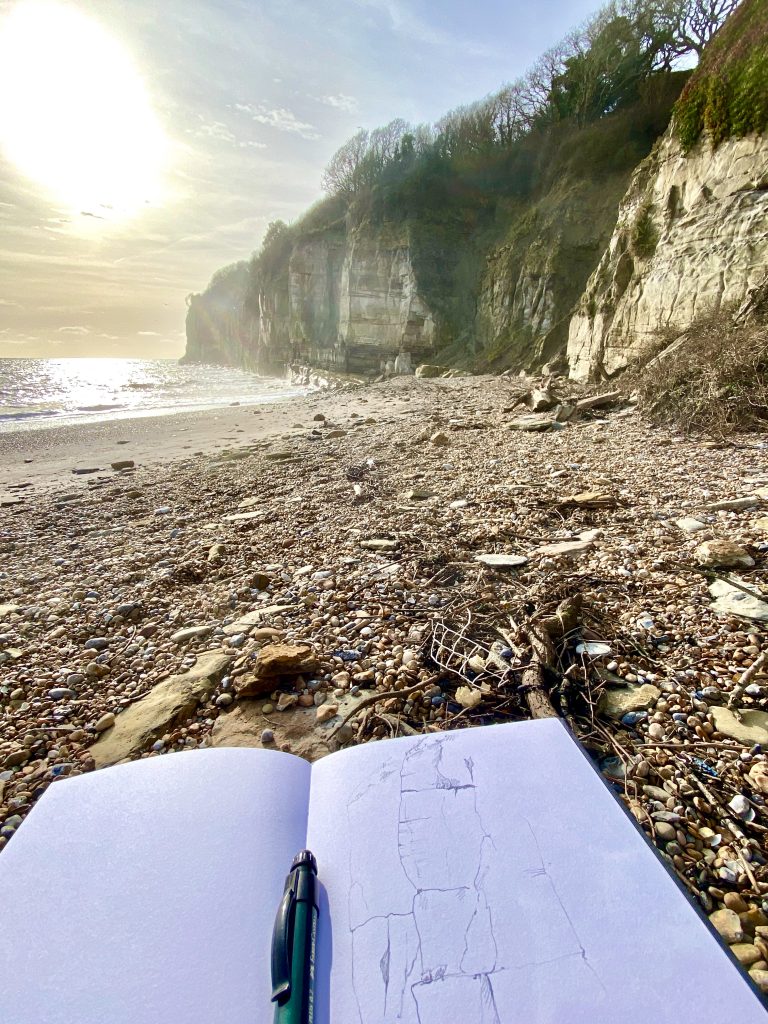I am exploring the potential and dangers of AI in art education. It is a confused and confusing arena for an art educator at the moment. There is a need for careful reflection and to take note of the story of the baby and the bathwater. But in my casual experimenting I found myself, like everybody else, exploiting the capacity of AI to combine unrelated ideas and images. In my case the combination of art and spoons was an obvious query.
I suspect this trick will quickly lose it’s appeal and become a cliché. Novelty is not the same as creativity. However, I did find the notion of spoon design in the context of Lichtenstein or Picasso’s ‘Desmoislelles d’ Avignon’ amusing.


I asked AI to make a picture of me – a 75 year old, bespectacled, art adviser with a grey beard. It’s an endearing cliché, but a cliche nevertheless, and layered with bias, mysogyny, and racism.









